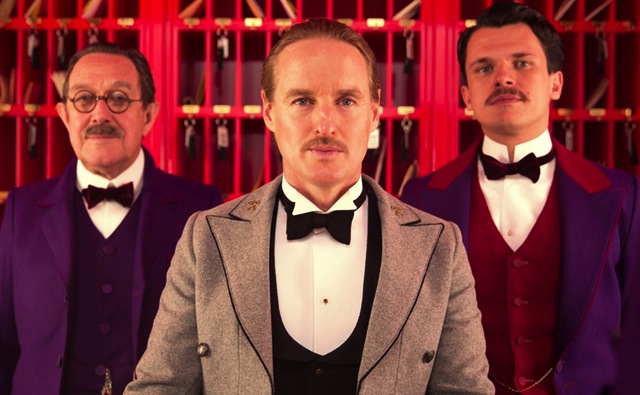 A friend posted a link on Twitter the other day to what seemed like an interesting story for film fans. The headline heralded “The science behind why we love Wes Anderson movies.” Anyone who has seen and enjoyed the director’s films, which include Rushmore, The Royal Tenenbaums and his latest The Grand Budapest Hotel, couldn’t possibly resist clicking.
A friend posted a link on Twitter the other day to what seemed like an interesting story for film fans. The headline heralded “The science behind why we love Wes Anderson movies.” Anyone who has seen and enjoyed the director’s films, which include Rushmore, The Royal Tenenbaums and his latest The Grand Budapest Hotel, couldn’t possibly resist clicking.
Anderson is known for a number of things: his colourful visual palettes, weird and quirky music, excellent uses of Bill Murray, and of course, his symmetrical camera shots. It’s here that the writer of the article tries to bring science into the equation:
Research has shown that human beings can be obsessive about symmetry in general. This desire plays a big role in what or who we find attractive. Science has shown that, consciously or subconsciously, we judge others’ appearance based on the symmetry of their features. That’s why humans almost universally tend to find features like high, prominent cheekbones (and Brad Pitt) beautiful… Our love of symmetry is hardly a social construct; the instinct that Anderson is tapping into is almost primal, in fact. Some incredible research has shown that even infants as young as 4 months old recognize and prefer symmetry. And other animals, like honeybees, seek out symmetry, too.
There’s no doubt that Anderson loves symmetry. As the writer notes, the director spends an inordinate amount of time and effort getting perfectly balanced shots into his movies. The only problem is, that’s not why we love his work. Read the rest of this entry »






